Small-Scale Hydropower for Rural Electrification: Empowering Communities through Sustainable Energy
Introduction:
In the quest for sustainable and inclusive development, providing reliable and affordable electricity to rural communities is a critical step.
Small-scale hydropower systems have emerged as a promising solution for rural electrification, offering a sustainable and environmentally friendly source of energy.
This article explores the benefits, challenges, and potential of small-scale hydropower in bringing about positive transformations in rural areas.
Benefits of Small-Scale Hydropower:
- Renewable and Sustainable: Small-scale hydropower harnesses the energy of flowing water to generate electricity. Unlike finite fossil fuels, water is a renewable resource, ensuring a continuous and sustainable energy supply. This makes small-scale hydropower systems an environmentally friendly alternative with a minimal carbon footprint.
- Localized Energy Generation: One of the key advantages of small-scale hydropower is its ability to provide localized energy. By tapping into nearby rivers or streams, rural communities can establish independent power sources, reducing dependence on centralized grids and minimizing transmission losses.
- Cost-Effective: Small-scale hydropower projects are often more cost-effective than large-scale hydroelectric dams. They require less infrastructure, are quicker to implement, and have lower environmental and social impacts. This makes them a viable option for rural areas with limited financial resources.
- Community Engagement and Ownership: Implementing small-scale hydropower projects encourages community engagement and ownership. Local residents can actively participate in the planning, construction, and maintenance of the systems, fostering a sense of pride and responsibility.
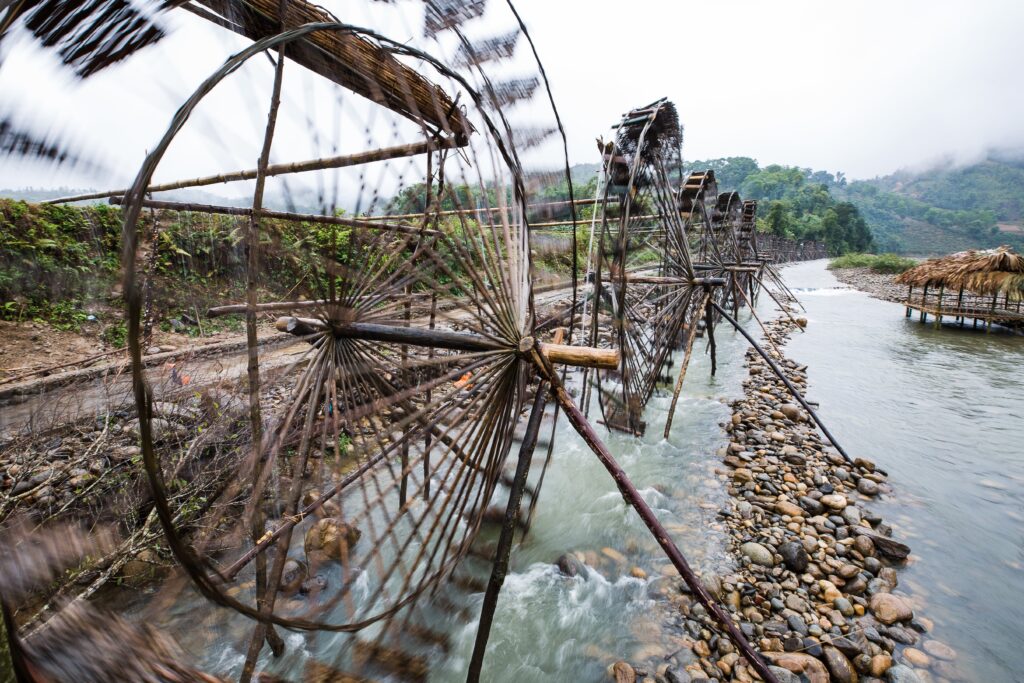
Challenges and Solutions:
- Environmental Impact: While small-scale hydropower has a smaller environmental footprint compared to large dams, it still poses potential risks to local ecosystems. Proper environmental impact assessments and sustainable design practices are crucial to mitigate these concerns.
- Technical Challenges: Implementing hydropower projects in remote areas may face technical challenges, such as access to equipment and skilled labor. Partnerships with technology providers, training programs, and support from governmental and non-governmental organizations can address these issues.
- Social Acceptance: Some communities may be resistant to hydropower projects due to concerns about changes in water flow, impacts on fisheries, or disruption to local traditions. Open communication, community consultations, and transparent decision-making processes can help address these concerns and build trust.
- Financial Viability: While small-scale hydropower is generally cost-effective, initial investment costs can be a barrier. Financial mechanisms such as subsidies, grants, and innovative financing models can make these projects more accessible to rural communities.
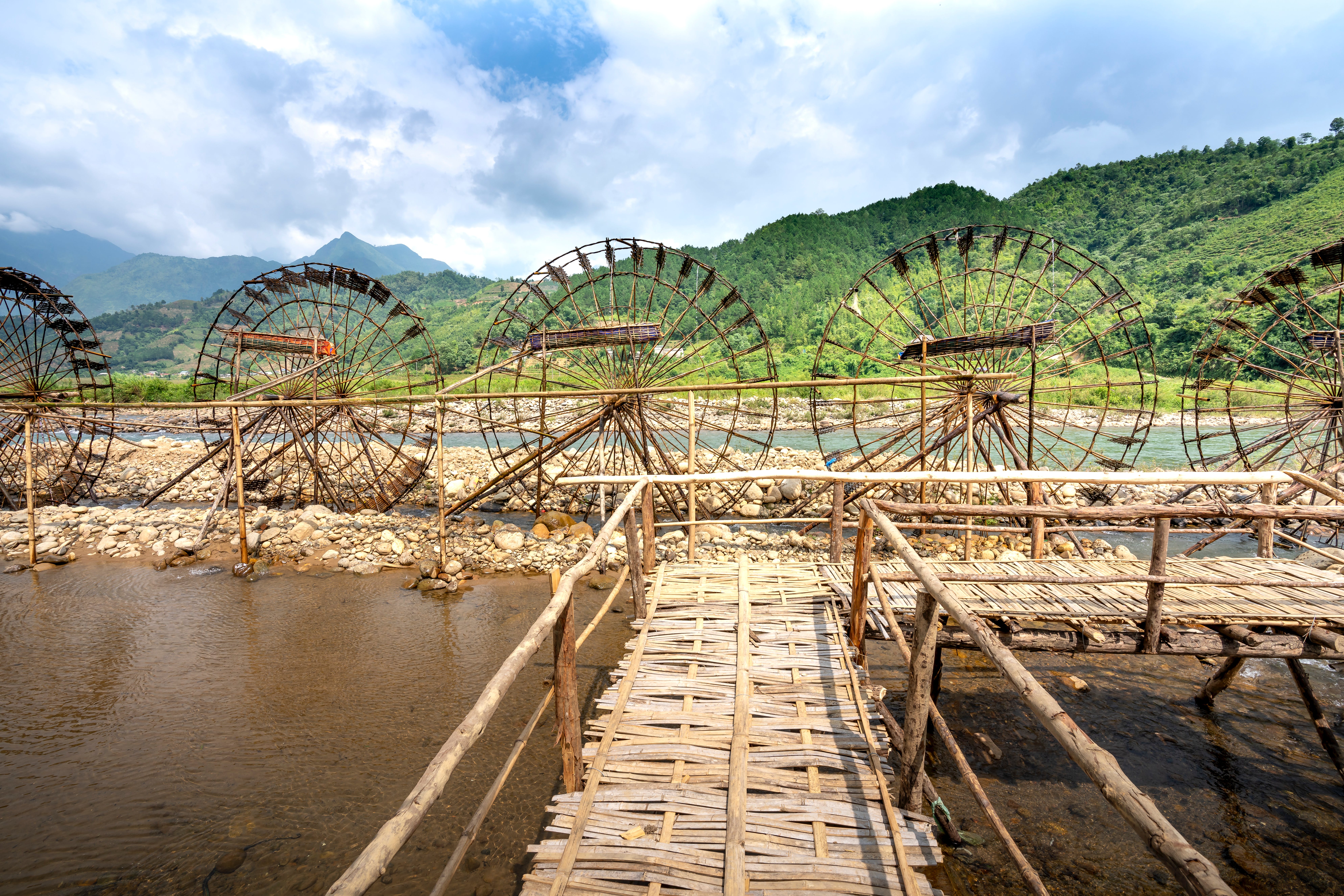
Case Studies:
Several successful small-scale hydropower projects around the world serve as inspiring examples of rural electrification.
From the Himalayan region to Latin America, these projects have empowered communities, improved living standards, and contributed to sustainable development.
Small-scale hydropower has the potential to revolutionize rural electrification, providing a pathway to sustainable, decentralized, and community-driven energy solutions.
Governments, NGOs, and local communities must collaborate to overcome challenges, ensuring that small-scale hydropower becomes a cornerstone for inclusive and environmentally responsible development.
By harnessing the power of water, we can illuminate the lives of those living in the shadows of energy poverty and pave the way for a brighter, more sustainable future.
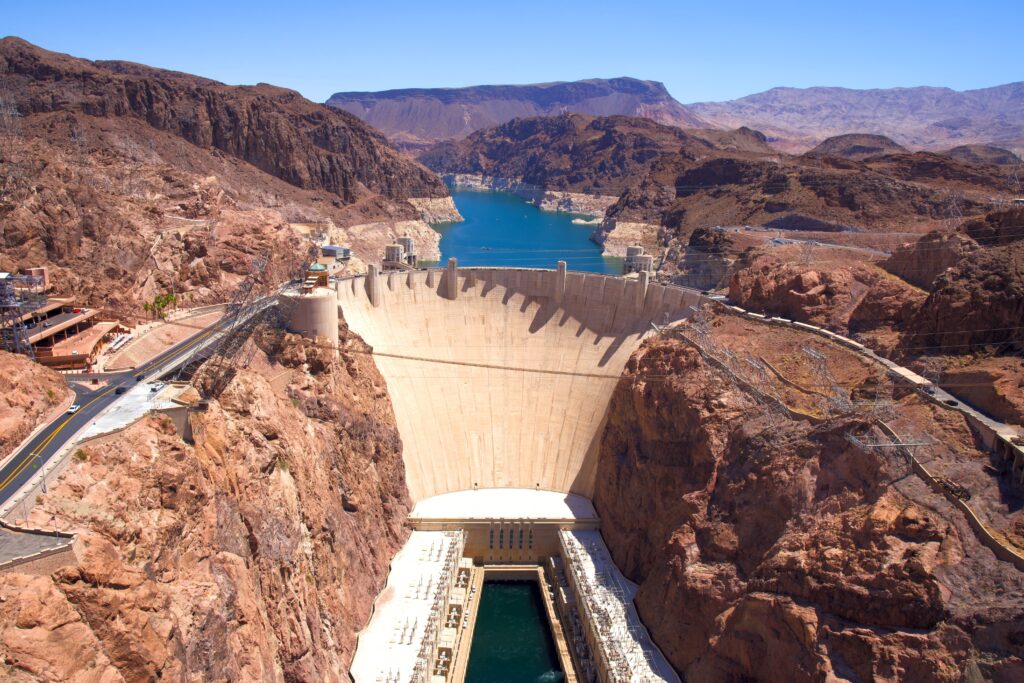
Enhancing Agricultural Productivity through Small-Scale Hydropower:
Small-scale hydropower holds immense potential for transforming agriculture in rural areas, playing a pivotal role in boosting food production.
The benefits extend beyond electricity provision, creating a ripple effect that positively impacts various aspects of agricultural activities.
- Irrigation Systems: One of the primary ways small-scale hydropower contributes to increased food production is through the facilitation of irrigation systems. Reliable access to electricity enables the deployment of efficient and automated irrigation technologies. Farmers can implement drip irrigation, sprinkler systems, and other precision agriculture techniques, optimizing water usage and ensuring crops receive the right amount of moisture. This, in turn, leads to higher crop yields and improved food security.
- Crop Processing and Storage: Small-scale hydropower facilitates the electrification of crop processing units and storage facilities. Farmers can now employ electric mills for grain processing, ensuring a higher quality of produce. Additionally, the availability of electricity enables the establishment of cold storage units, reducing post-harvest losses and enabling farmers to store perishable goods for longer periods. This enhances the overall efficiency of the agricultural supply chain and encourages farmers to engage in higher-value crops.
- Value-Added Processing: With a stable source of electricity, rural communities can venture into value-added processing of agricultural products. This includes activities such as food drying, milling, and processing. Small-scale hydropower enables the creation of cottage industries, empowering local entrepreneurs to add value to their agricultural produce, leading to increased income and economic resilience.
- Livestock Farming: Small-scale hydropower can also benefit livestock farming in rural areas. Electrically powered equipment, such as water pumps for cattle, automated feeding systems, and milking machines, can significantly improve the efficiency of livestock operations. This not only enhances the overall productivity of the livestock sector but also contributes to the sustainability of agricultural practices.
- Community Empowerment: Beyond direct agricultural applications, small-scale hydropower fosters community empowerment. When rural areas are equipped with reliable electricity, local residents gain the ability to explore and implement innovative farming techniques and technologies. This empowerment creates a positive feedback loop, where improved agricultural practices lead to economic growth, job creation, and a higher standard of living.
- Diversification of Agriculture: Small-scale hydropower supports the diversification of agricultural activities. Communities can experiment with different crops and farming practices, including those that may require more sophisticated irrigation or processing methods. This diversification not only contributes to food security but also opens up opportunities for niche markets and organic farming, enhancing the overall sustainability of rural agriculture.
Small-scale hydropower emerges as a catalyst for agricultural transformation in rural areas.
By addressing energy needs, it not only ensures a more reliable and sustainable electricity supply but also unlocks the potential for increased food production, economic growth, and community development.
As nations strive for inclusive and sustainable development, investing in small-scale hydropower becomes not just an energy solution but a key driver of rural prosperity.
The Genesis of Small-Scale Hydropower: A Historical Perspective
The roots of small-scale hydropower can be traced back to ancient civilizations where water wheels were initially employed for various mechanical tasks.
The concept of harnessing the energy of flowing water has evolved over centuries, leading to the development of small-scale hydropower systems as we know them today.
Ancient Water Mills: The earliest recorded use of hydropower dates back to ancient Greece and Rome, where water wheels were utilized to grind grain and perform various mechanical tasks.
These rudimentary water mills served as the precursors to modern hydropower systems, demonstrating humanity’s early recognition of water’s potential as a source of energy.
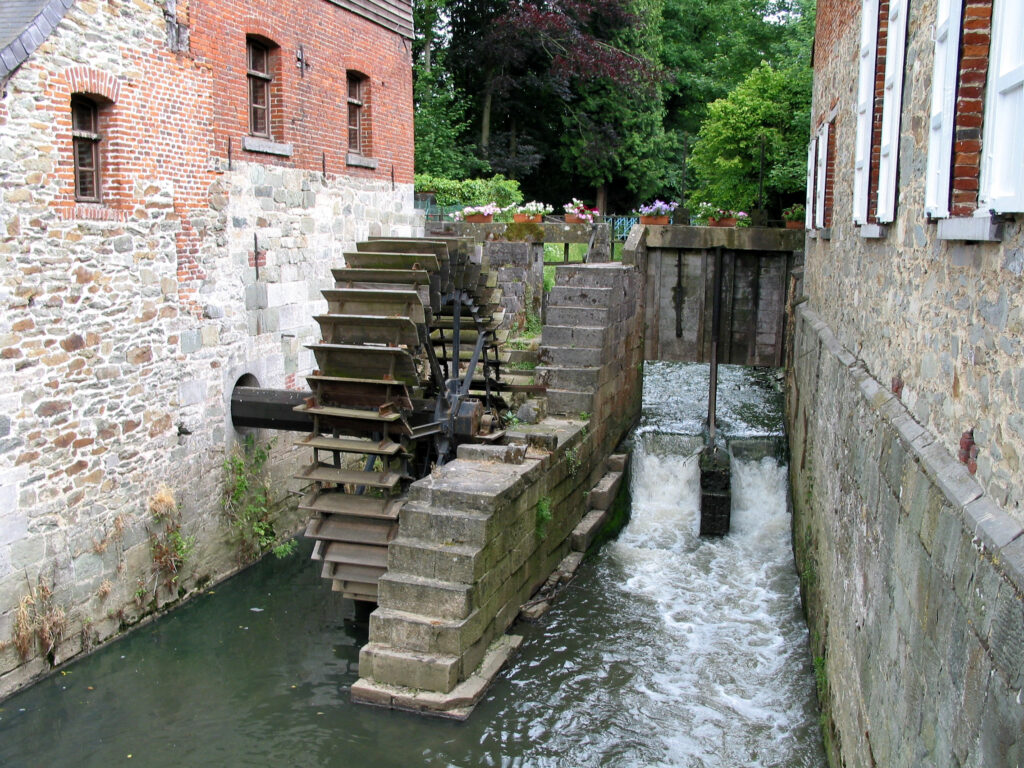
Medieval Innovations: During the medieval period, water wheels became more sophisticated, and their applications expanded.
Mills were widespread across Europe, powering not only grain mills but also sawmills, textile mills, and other industrial processes.
The development of water-driven machinery marked a crucial phase in the evolution of small-scale hydropower, with communities increasingly relying on local water resources for energy.
19th Century Advancements: The 19th century witnessed significant advancements in hydropower technology.
Engineers and inventors began developing turbines, which replaced traditional water wheels and significantly improved the efficiency of energy conversion.
Small-scale hydropower systems proliferated as industries and settlements sought reliable and decentralized sources of electricity.
Electrification Era: The late 19th and early 20th centuries saw the widespread electrification of societies.
Small-scale hydropower played a crucial role in this transformation, especially in rural areas. Hydroelectric plants, albeit smaller in scale than their large dam counterparts, became essential for providing electricity to remote communities.
Post-World War II Development: After World War II, there was a renewed emphasis on rural electrification.
Small-scale hydropower projects gained momentum as governments and international organizations recognized the potential of decentralized energy generation.
These projects aimed to bring electricity to remote and underserved areas, stimulating economic development and improving living standards.
Technological Innovations: The latter half of the 20th century and the early 21st century witnessed continuous technological innovations in small-scale hydropower.
Improved turbine designs, materials, and control systems enhanced efficiency and reliability.
The integration of micro-hydropower systems, capable of producing modest amounts of electricity, further expanded the reach of small-scale hydropower to even more remote locations.
Current Landscape: In the contemporary era, small-scale hydropower continues to be a crucial component of sustainable energy solutions.
Advances in materials, control systems, and environmental considerations have made these systems more efficient, environmentally friendly, and socially acceptable.
Governments, NGOs, and local communities increasingly recognize the potential of small-scale hydropower in addressing energy needs while promoting rural development.
In summary, the journey of small-scale hydropower spans millennia, evolving from ancient water mills to sophisticated, environmentally conscious energy solutions.
Its historical trajectory reflects a persistent human drive to harness the power of water for the benefit of communities, emphasizing sustainability and inclusivity in the quest for reliable and decentralized energy sources.
Conclusion: How Small-scale Hydropower is Paving the Way for Sustainable Prosperity
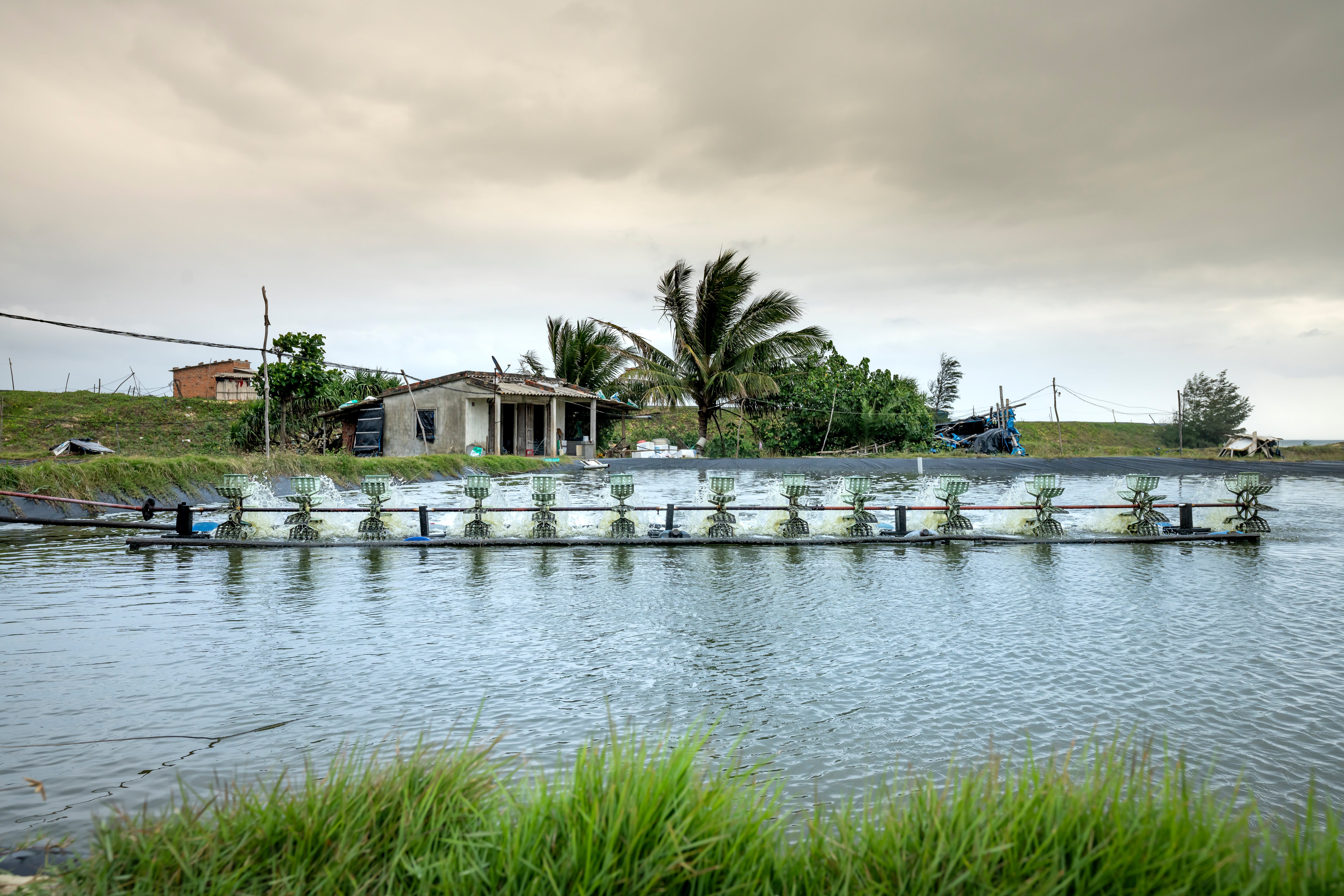
In the grand tapestry of global energy narratives, small-scale hydropower emerges not merely as a technological innovation but as a beacon of hope, illuminating the path towards sustainable prosperity for the world’s underserved communities.
As we traverse the pages of history, from the humble water wheels of ancient civilizations to the cutting-edge micro-hydropower systems of the 21st century.
The evolution of small-scale hydropower mirrors the relentless human pursuit of harnessing nature’s gifts for the betterment of society.
The transformative power of small-scale hydropower extends far beyond the mere generation of electricity.
It is a catalyst for change, a force that empowers communities, fosters economic growth, and nurtures environmental stewardship.
In the crucible of rural electrification, small-scale hydropower stands as a symbol of resilience, adaptability, and inclusivity.
The benefits it bestows upon rural landscapes are as diverse as the terrain it traverses.
Through the hum of turbines and the dance of water molecules, it irrigates arid fields, breathes life into cottage industries, and lights up the once-darkened corners of forgotten villages.
It is the heartbeat of sustainable agriculture, echoing through the verdant valleys and promising abundance to those who toil the fertile soils.
As we stand at the confluence of technological ingenuity and environmental consciousness, small-scale hydropower beckons us to reimagine our approach to energy access.
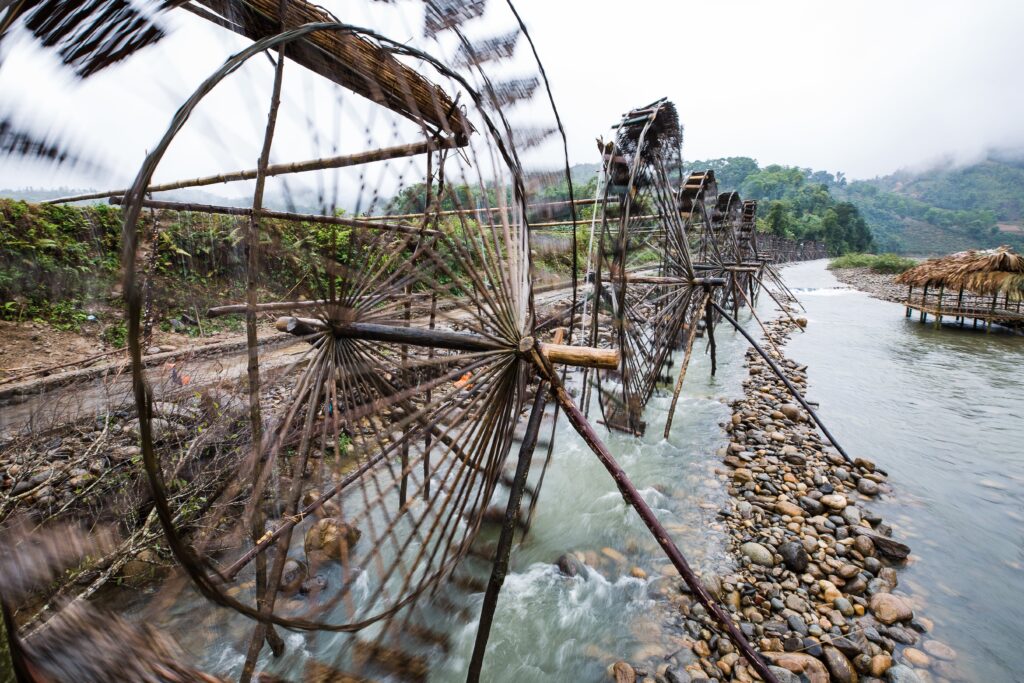
It is a solution that transcends the confines of kilowatts and megawatts, embracing the ethos of community-driven development.
In the hands of local residents, it becomes a tool for self-reliance, a means to forge destinies free from the shackles of energy poverty.
Yet, the journey is not without its challenges.
Environmental considerations, social dynamics, and financial constraints weave a complex tapestry that demands our careful navigation.
It calls for collaboration — between governments and grassroots organizations, engineers and environmentalists, dreamers and pragmatists.
The challenges are surmountable, and the rewards are immeasurable.
In contemplating the future of small-scale hydropower, we must envision a world where the flow of water translates into a symphony of progress.
It is a world where every turn of the turbine propels not just blades but also the aspirations of communities towards a brighter and more sustainable future.
Small-scale hydropower is not merely a solution; it is an embodiment of possibility, a testament to our ability to coexist harmoniously with the planet while meeting the energy needs of the present and future generations.
In the intricate dance of electrons and water droplets, small-scale hydropower weaves a narrative of empowerment, resilience, and hope.
It is a narrative that speaks to the core of human ingenuity, reminding us that, even in the face of global challenges, solutions are within reach.
As the ripples of progress emanate from the turbines, let us stand on the shores of this renewable revolution, ready to embrace a future where sustainable energy is not a luxury but a fundamental right for all.
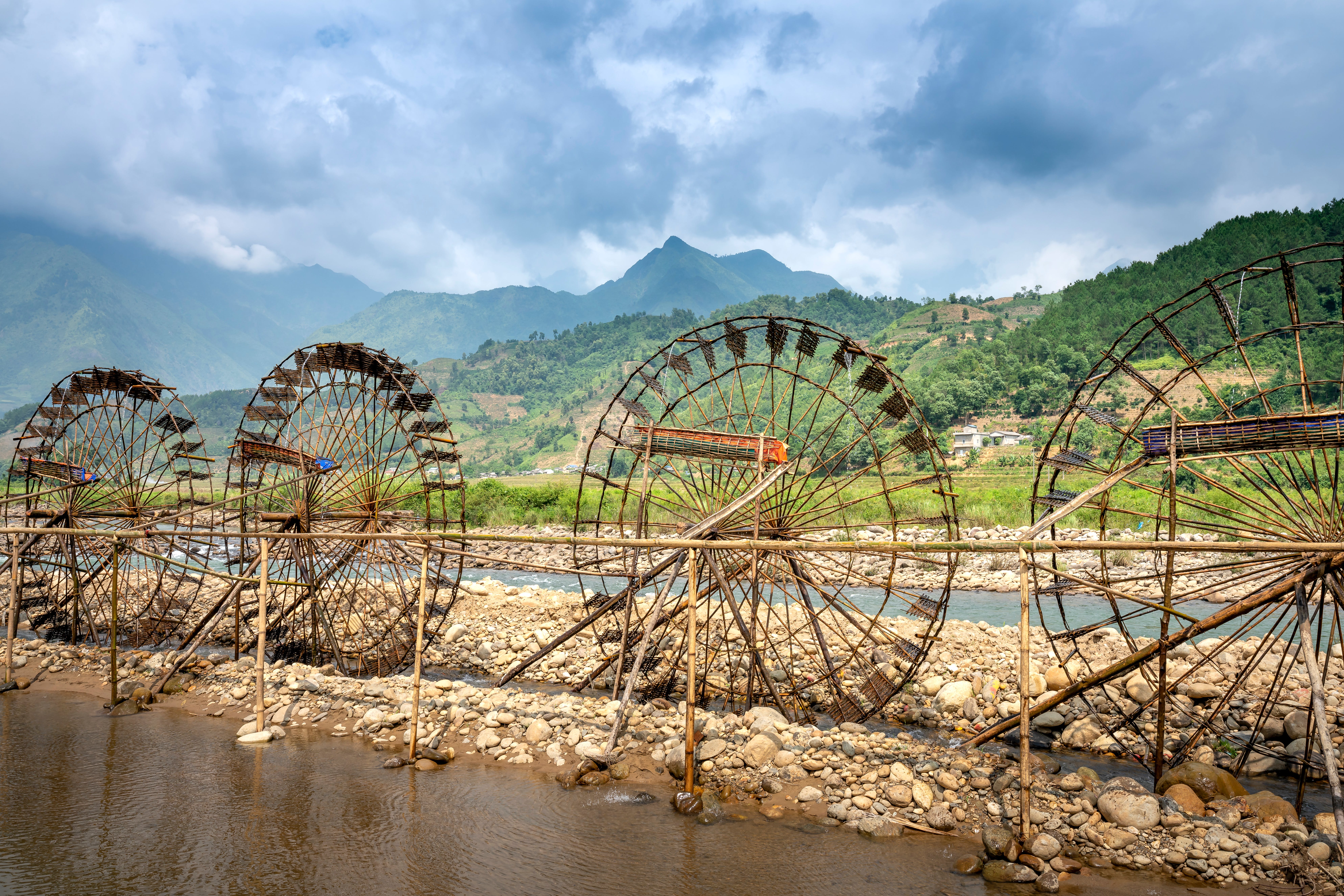
Small-scale hydropower has set the stage; it is now our collective responsibility to ensure that its transformative potential reaches every corner of our shared planet, lighting up the path towards a more equitable and sustainable tomorrow.

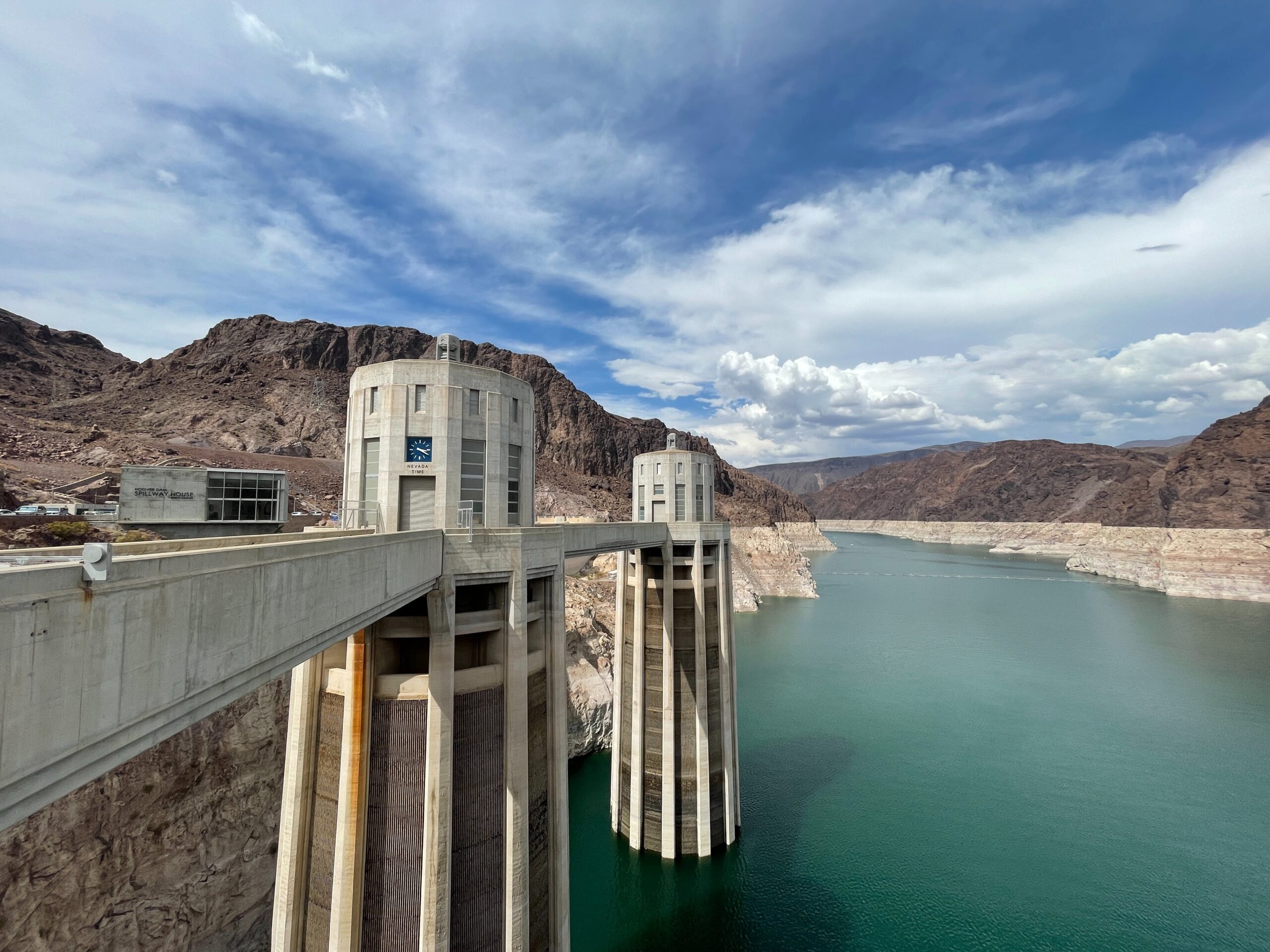


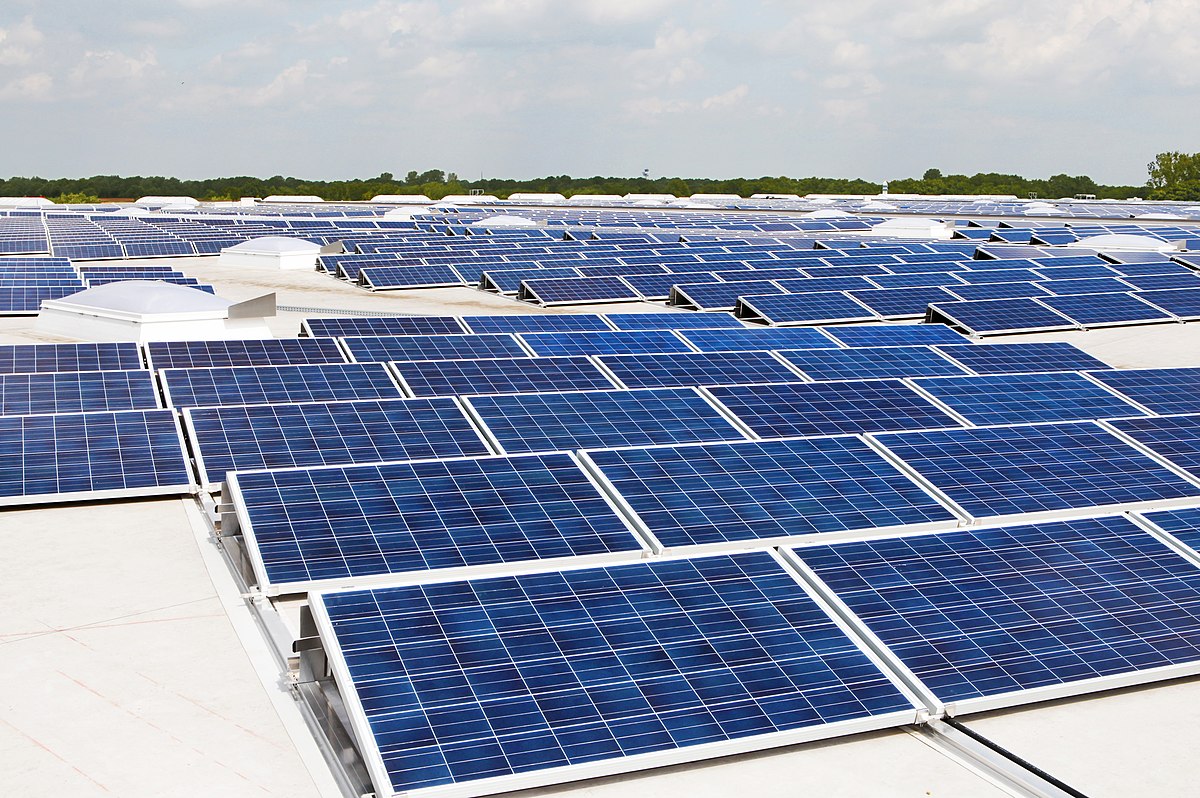
Leave a Reply